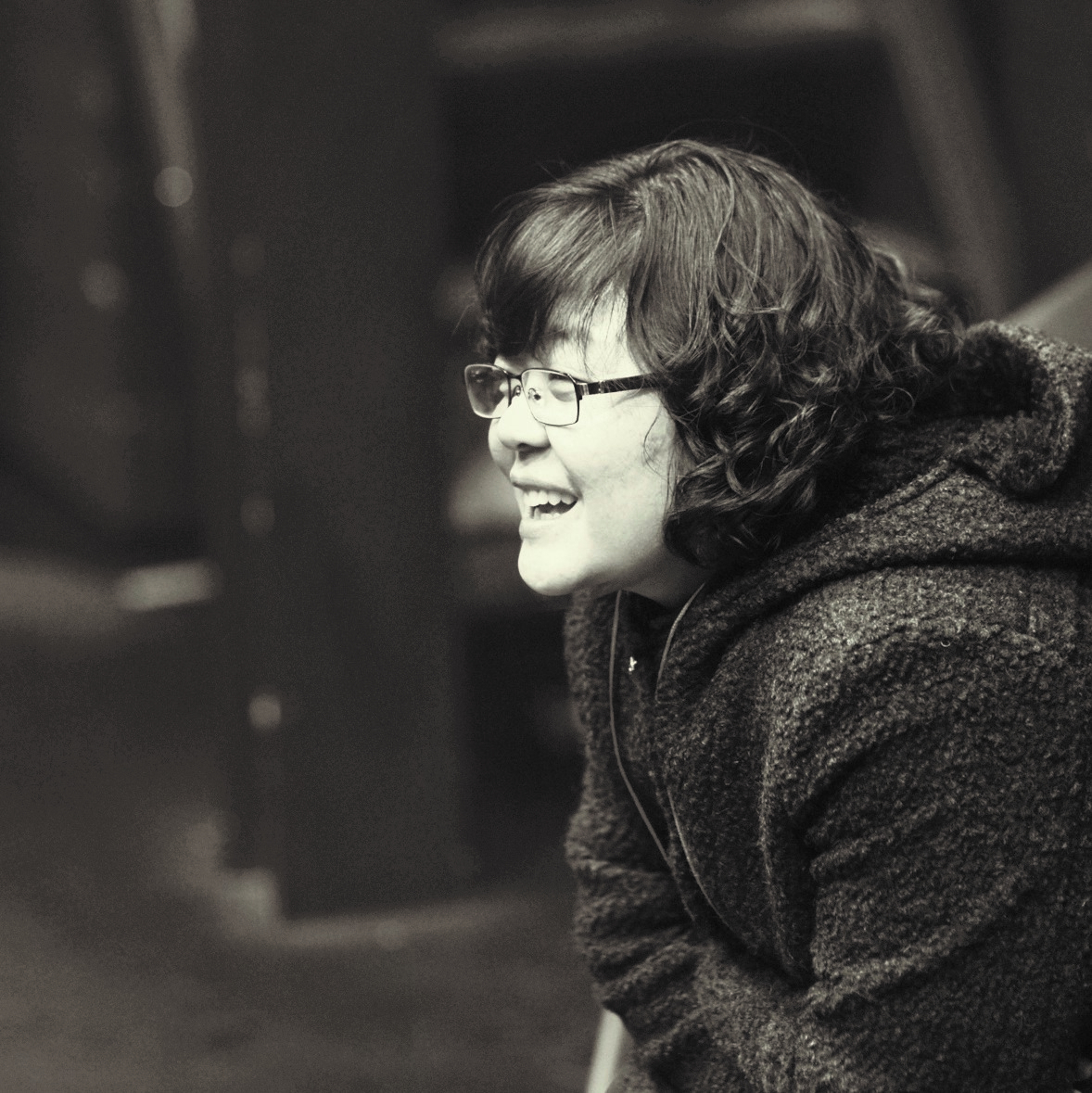[Herald Interview] Bestselling author once again brings magic of solidarity among children
By Hwang Dong-heePublished : May 6, 2023 - 16:01

The author of the 2000's national bestseller “The Children of Gwaengiburimal” has returned with yet another heartwarming novel about the lives of people neglected and marginalized in our society.
South Korean children’s writer Kim Jung-mi’s “The Guardians of the Zelkova Tree” (tentative English title) hit the shelves on March 31, published by Dolbegae.
Set in the fictional rural town of Daepo-eup, where more than half of the children living there are from multicultural families, the book warmly depicts the stories of immigrant families settling into Korean society.
The story revolves around Do-hoon, a middle school student whose mother is from Vietnam. Do-hoon is going through a tough time: His mother and grandmother are not getting along; he cannot confide in his mother because she doesn’t speak Korean; he is uncomfortable with his father and grandmother for constantly upsetting his mother.
Then Do-hoon comes across an old zelkova tree that has been protecting the village for hundreds of years. The spirit of the tree transforms into a human form and invites children to the fairy-tale-like world inside the tree where everyone can communicate freely even if they are not fluent in Korean. Thanks to the zelkova tree’s magic, Do-hoon makes close friends and starts to understand his mother, father and grandmother.
One day, rumors of redevelopment circulate in the village and the zelkova tree is in danger of being cut down. Do-hoon and his friends set out to save the tree.

The author said she was inspired to write the story after witnessing the deepening polarization during the pandemic. Kim is part of a local study center called “Small School Next to the Train Station” (direct translation) in Ganghwa County, Incheon, since 2001. The center works as a place where local students from elementary to high school come after school to study together, receive career counseling and explore cultural activities.
“I’m sure everyone feels the same. Inequality has deepened over the past 20 years. People compare each other’s homes and apartments -- how tall or how big it is. The result is that both adults and children are unhappy,” Kim said during an interview with The Korea Herald, on Wednesday.
“And the pandemic exacerbated the gap -- furthermore, it isolated (children) from each other. Now they seem to be awkward at forming new relationships, but at the same time they are very lonely.”
After witnessing the struggles of these children, she wanted to tell their stories.
“Children who experience this kind of inequality become powerless. But it is irresponsible to say that children have changed,” said Kim. “Society has changed.”
Speaking of Daepo-eup, Kim said it is a fictional village where people and nature connect, and where changes in the rural areas are portrayed.
“The place is set in a periphery (place),” said the author. “And I value the time and culture that towns on the outskirts hold.”
Kim has witnessed the changes in the rural areas as migrant workers start to settle down one by one.
“The scenery of the streets began to change -- families were formed and children came. They are already living among us as members of the community, but there are many cases where (adults) still think of them as outsiders.”
As depicted in the story, Kim said she believes in children’s innate power to consolidate and reconcile.
“Whenever I spend time together with the children at the study center, I can feel their warmth and their desire to be together. I think it is grown-ups' duty to discover and nurture that desire. The solidarity in the book is what I have observed and learned through the children I met,” Kim said.


![[AtoZ into Korean mind] Humor in Korea: Navigating the line between what's funny and not](http://res.heraldm.com/phpwas/restmb_idxmake.php?idx=644&simg=/content/image/2024/04/22/20240422050642_0.jpg&u=)
![[Exclusive] Korean military set to ban iPhones over 'security' concerns](http://res.heraldm.com/phpwas/restmb_idxmake.php?idx=644&simg=/content/image/2024/04/23/20240423050599_0.jpg&u=20240423183955)


![[Graphic News] 77% of young Koreans still financially dependent](http://res.heraldm.com/phpwas/restmb_idxmake.php?idx=644&simg=/content/image/2024/04/22/20240422050762_0.gif&u=)

![[Herald Interview] Why Toss invited hackers to penetrate its system](http://res.heraldm.com/phpwas/restmb_idxmake.php?idx=644&simg=/content/image/2024/04/22/20240422050569_0.jpg&u=20240422150649)






![[Exclusive] Korean military to ban iPhones over security issues](http://res.heraldm.com/phpwas/restmb_idxmake.php?idx=652&simg=/content/image/2024/04/23/20240423050599_0.jpg&u=20240423183955)



![[Today’s K-pop] Ateez confirms US tour details](http://res.heraldm.com/phpwas/restmb_idxmake.php?idx=642&simg=/content/image/2024/04/23/20240423050700_0.jpg&u=)